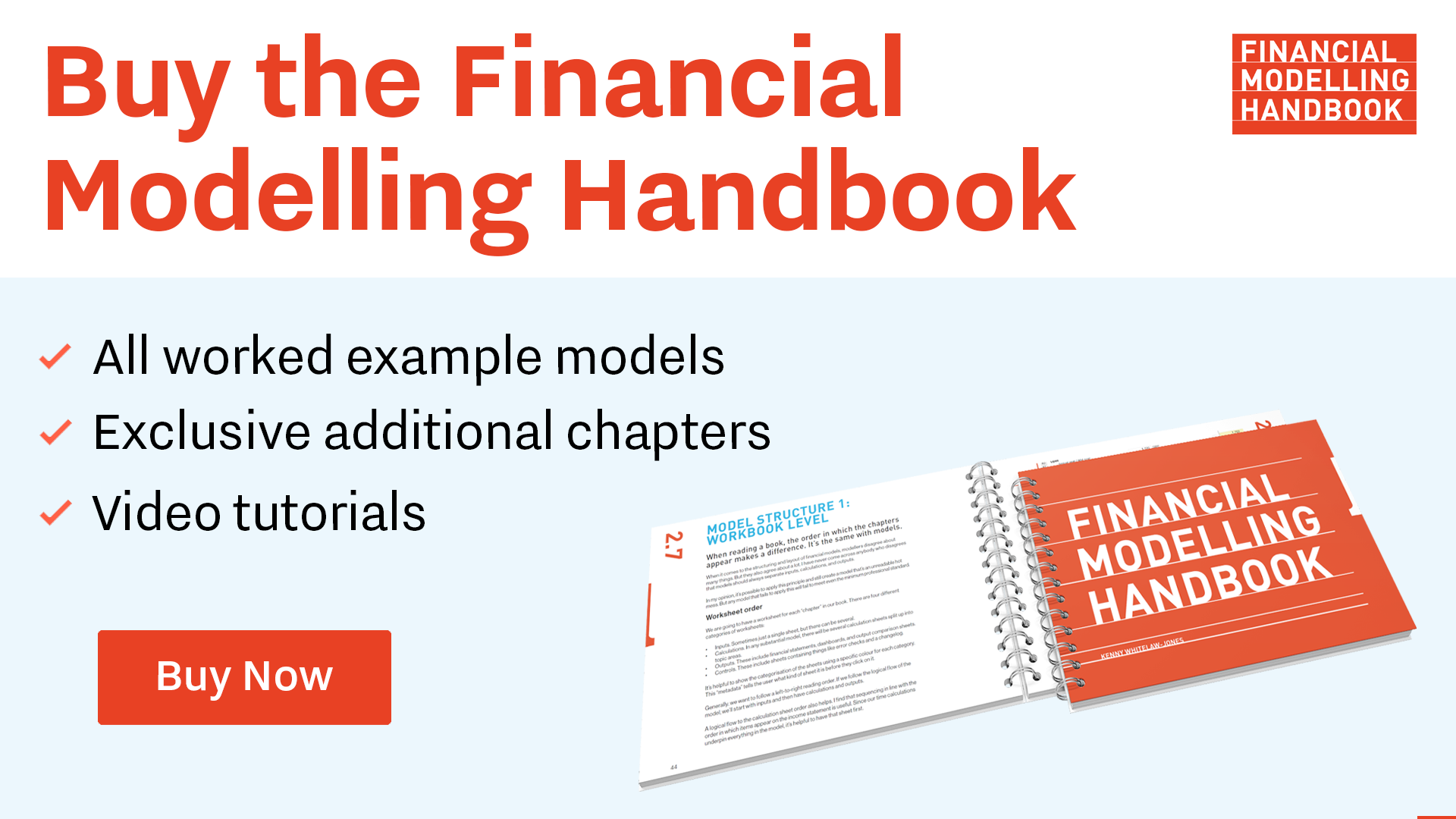Always have a hypothesis
We are sense making creatures. This can lead us to tell ourselves stories about results we see in our models.
Human beings are sense-making creatures. Whenever something happens that we don't quite understand, we will immediately start looking for explanations.
Unfortunately, we have a bias towards believing the first explanation that more or less fits the facts.
This matters for financial modellers.
If the results we get from the model were always entirely predictable, we wouldn't need the model in the first place.
We are, therefore, often faced with the analytical task of explaining what the model is telling us. And we are frequently required to explain the results to other people.
I've frequently seen modellers give outlandish explanations for results they are seeing in their model. They saw the results, and they came up with a story.
How can we guard against this?
I've found that it helps to have a hypothesis about what you will see in the model before you make a change.
Then, if what you see differs from your hypothesis, one of two things is true.
- The model is wrong. Models are frequently incorrect. When they give us results that we don't expect, it might indicate that something is wrong. This is excellent information.
- You are learning something about the business. You didn't understand the commercial or financial dynamics as well as you thought you did. This is also excellent information.

Comments
Sign in or become a Financial Modelling Handbook member to join the conversation.
Just enter your email below to get a log in link.